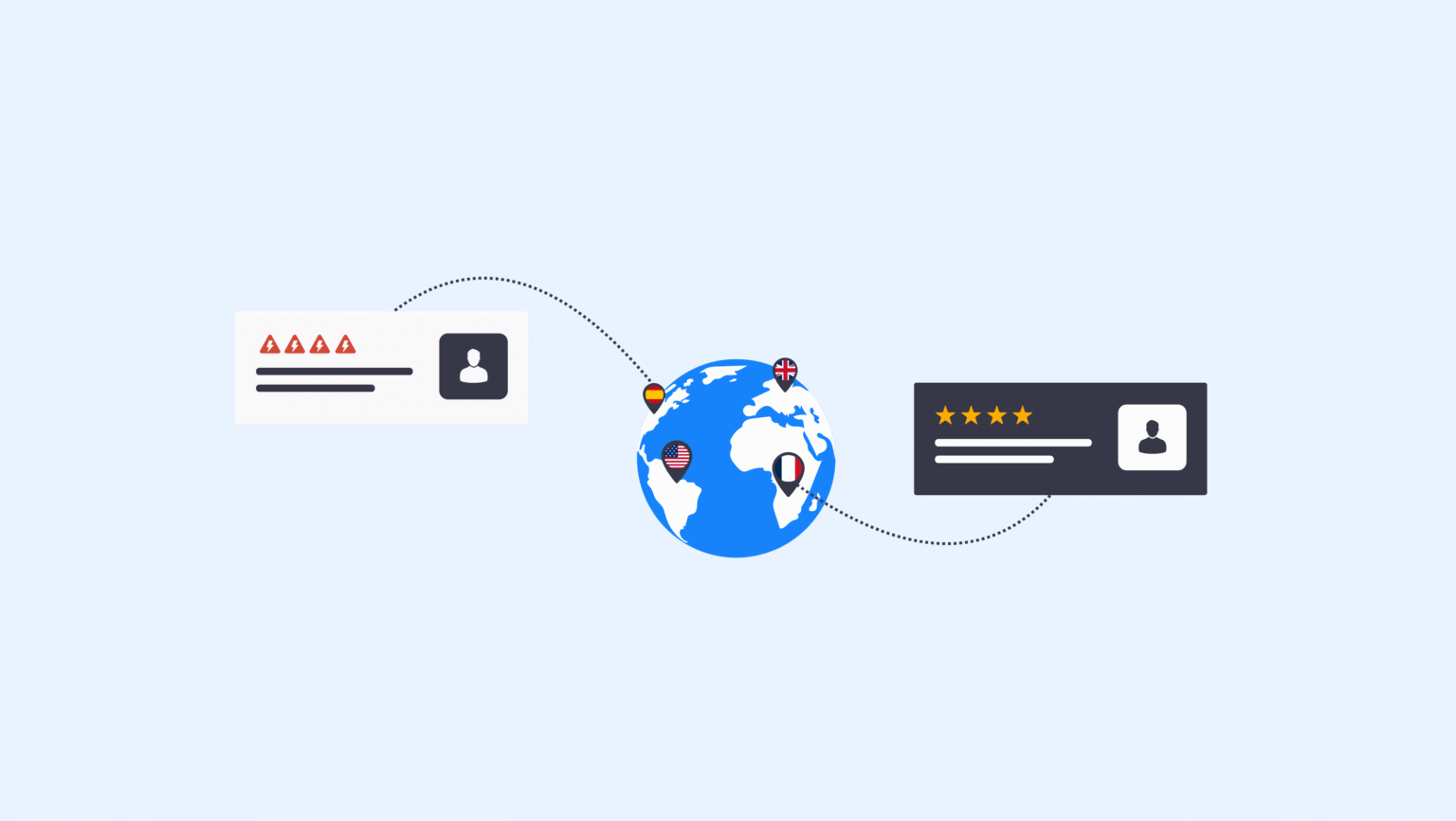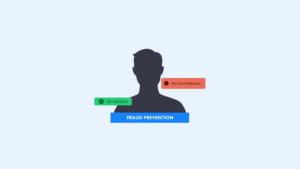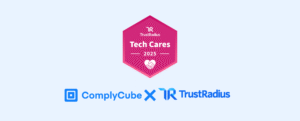Bad actors and fraudsters increasingly use sophisticated, smarter tactics to commit money laundering. Last year, nearly 421,000 fraud cases were recorded in the UK alone, marking a 13% increase from the previous year. Selecting a compliant Anti-Money Laundering (AML) solution is vital to protecting businesses, adhering to regulations, and safeguarding the integrity of financial systems. This guide will break down the critical features of AML tools to look for, offer a robust AML platform comparison, and highlight what firms need to consider when choosing the best AML software in 2025.
How AML Software Has Evolved
Modern market-leading AML software solutions are widely automated and built to assist financial institutions in meeting strict AML regulations, detecting and preventing financial crimes, and managing risk efficiently. AML technology today is fundamentally different from traditional AML in many key aspects, making financial crime detection and prevention more efficient:

Modern compliance platforms support businesses in monitoring transactions, conducting detailed risk assessments, and screening for activities connected to money laundering. Additionally, most AML software today leverages advanced analytics through AI and machine learning to analyze transactional data and assign customer risk scores. As a result, businesses benefit from a faster, more reliable compliance process.
The Importance of Advanced AML Software in 2025
- Increasing Regulatory Scrutiny: The increase in financial crimes has led to higher standards and laws from regulatory bodies. Financial institutions must meet escalating, stringent regulatory compliance requirements and global AML compliance standards.
- Advanced Technology and the Rise of Criminals: As tech becomes smarter, criminals leverage more complex money laundering techniques to bypass AML software. Without the right Anti-Money Laundering software, detecting potential risks is tough.
- Uptick in Real-Time Monitoring: Compliance officers use real-time monitoring capabilities to meet regulatory requirements and prevent money laundering. Unusual and suspicious transactions can be flagged early, facilitating a quick response to combat money laundering.
- Integration of AI and Machine Learning: Artificial Intelligence (AI) and Machine Learning (ML) are commonplace for operational efficiency and accurate risk assessments. Businesses that fail to leverage these technologies will fall behind in preventing financial crime effectively.

Core Features of AML Tools in 2025
AML vendors continuously adopt the latest technologies to enhance the accuracy and efficiency of detecting and mitigating money laundering risk, especially at the earliest stage of onboarding a new customer. The National Crime Agency has estimated that over £100 billion is laundered annually in the UK, with up to £5 billion moving via cryptocurrency channels. This has led to the integration of smarter AML intelligence tools to get ahead of these increasing threats.

Against this backdrop of escalating financial crime, the demand for advanced AML solutions has never been greater. In 2025, the key features commonly sought in AML tools include real-time monitoring, comprehensive sanctions and watchlist screening, integrated Identity Verification (IDV) and Know Your Customer (KYC) processes, and automated compliance workflows. Discover more about the benefits of each feature below:
Ongoing Monitoring Capabilities
The best AML software solutions include ongoing monitoring abilities. These systems monitor against AML watchlists, sanctions, and adverse media news sources. Financial institutions can identify and resolve suspicious activity immediately, adopting a proactive risk management approach.
The Key Benefits Include:
- Immediate detection of customers or entities added to sanctions list or watchlist worldwide.
- Receive automated alerts when there are changes in risk profiles to enable proactive fraud prevention.
- Higher detection accuracy of current and emerging risks through AI and ML usage.
Comprehensive Sanctions and Watchlist Screening
Robust sanctions and watchlist screening are vital features in advanced AML compliance software. They enable financial institutions to oversee and prevent sanctioned entities and terrorists from evading their AML controls. Businesses can check customers against global sanctions lists, perform Politically Exposed Persons (PEPs) and adverse media screening, ensuring efficiency in risk mitigation.
The Key Benefits Include:
- Screening Politically Exposed Persons (PEPs) and adverse media checks will help gather customer data and build robust risk profiles.
- Continuous updates against reliable global sanctions and watchlist databases ensure AML compliance with evolving regulations.
- Mitigates risk and reduces false positives.

Integrated Identity Verification and KYC Capabilities
Many modern AML compliance platforms today integrate IDV and KYC with their AML screening solutions. Compliance professionals can identify suspicious patterns from the very beginning, using checks such as document verification, device intelligence to identify fraud signals, and biometric authentication.
The Key Benefits Include:
- Enhanced security and fraud prevention with Biometric & Liveness checks certified to PAD Level 2.
- Seamless onboarding processes with automated identity and document verification.
- Minimization of manual errors and data input repetition by digitizing customer data.
Automated Compliance Workflows
Effective AML software vendors must offer financial institutions the ability to tailor and automate workflows in alignment with industry regulations and the company’s risk appetite. These AML systems utilize dynamic rules and automated alerts to reduce manual workload and streamline regulatory obligations.
The Key Benefits Include:
- Reduced ‘noise’ and increased focus on high-risk cases, resulting from minimized false positives.
- Automated alerts and case management for efficient resolution.
- Access to audit trails and regulatory reporting, ensuring swift responses to AML regulatory requests.
Choosing the Best AML Software: Criteria Checklist
Choosing the right AML platform can be the difference between sustainable growth, profitability and compliance or fines, reputational damage, and at worst, insolvency. So, how can financial institutions and other companies choose the best AML software when there are so many to choose from?
According to Grand View Research, the international Anti-Money Laundering (AML) software market is expected to grow at a compound annual growth rate (CAGR) of 16.2% between 2024 and 2030.
In this section, we outline the top five key factors businesses must consider, along with essential questions to ask AML vendors to guide the decision-making process:

Scalability of the AML Software Solution
Financial institutions need the right AML software to expand and scale as they grow to boost long-term compliance efforts. Certain AML compliance vendors have limits on the number of watchlists or territories they cover, forcing firms to switch providers down the road.
Key Questions:
- Is the platform built on cloud-based infrastructure to ensure seamless scaling without performance issues?
- Can the Anti-Money Laundering software handle growing transaction volumes and user bases?
- Does the AML software support a wide range of countries and watchlists that may be of business interest in the future?
Integration Capabilities
Ensuring strong integration capabilities from AML software helps financial institutions minimize disruptions and manual work. With the right integrations, businesses can build robust compliance and effective risk management processes.
Key Questions:
- Is it compatible with existing systems, including CRM and payment processing tools?
- Does it offer APIs for easy integration with other compliance and risk management solutions?
- Can the software support cross-channel data sharing and unified workflows across different departments?
Accuracy and Transparency
Businesses in regulated industries, such as financial institutions and banks, are increasingly required to use explainable Artificial Intelligence (AI) models. Additionally, providing detailed auditing and regulatory reporting is key. It is crucial to select AML software that provides accurate, unbiased results.
Key Questions:
- Does the software use explainable AI models?
- Does it leave audit trails for all compliance activities and changes?
- Can compliance teams easily access recent logs and changes to review updates?
User Experience and Interface
A positive customer experience is vital for every business in order to build customer trust online. While mitigating financial crime risk is a priority, ensuring the compliance process remains straightforward for customers is equally important to minimize drop-offs and prevent loss of revenue. The right AML software enables firms to customize workflows and adjust customer due diligence processes according to customer type and location.
Key Questions:
- Is the interface intuitive for compliance teams and easy for customers to navigate?
- Can workflows and due diligence steps be tailored to organizational needs?
- Does the provider offer flexible ways to include clear business terms and conditions?
Regulatory Coverage
While meeting regulatory expectations locally is critical, businesses transacting worldwide must also adhere to international standards. For example, the Financial Action Task Force (FATF), FinCEN, and EU AMLD set global frameworks to prevent terrorist financing and other financial crimes.
Key Questions:
- Does the software comply with international standards such as FATF, FinCEN, and EU AMLD?
- Can it adapt to changing regulations across different jurisdictions?
- Does it provide regular updates to ensure ongoing compliance with new and evolving laws?
Bolster Compliance with Leading AML Software
Strengthening compliance efforts with comprehensive and scalable AML software solutions is key for organizations to actively prevent financial crime and money laundering from the start. With features such as advanced real-time monitoring, adverse media screening tools, and thorough risk based approach, modern AML systems enable organizations to detect suspicious activity early on. Get in touch with a member of the team to learn more today.




